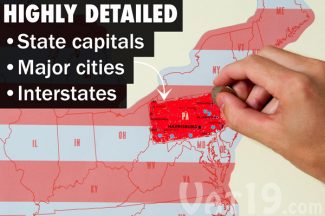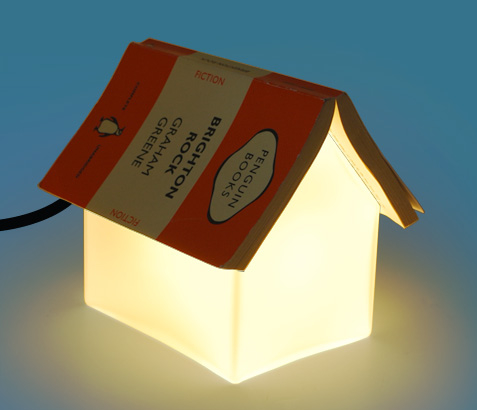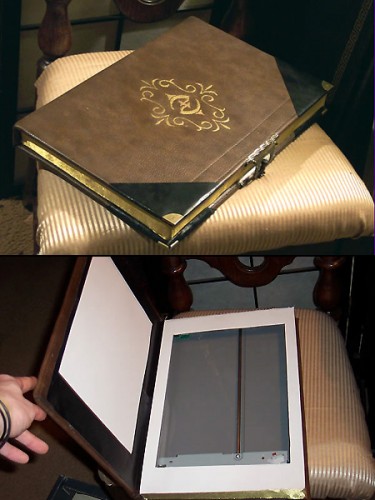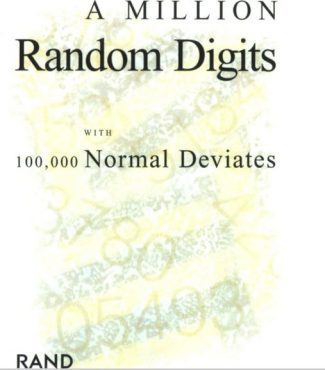
I was given a copy of the just released book The Geek Atlas: 128 Places Where Science and Technology Come Alive to review because they thought my readers might be interested in it and darnit they were right. Here’s a three word summary review for you: “Cool Book. Buy.” First of all, I have to believe that the author, John Graham-Cumming, chose to include 128 places because of the number 128’s geeky significance.
The book covers 128 places in about 20 countries around the globe with heavy emphasis placed on those in the United States and the United Kingdom. Each destination is separated into three sections. The first gives you the background information on who or what significant scientific event or breakthrough takes place in the location specified. Most places have multiple photographs of the person or location. The second section entitled “Practical Information” gives you a quick overview of what you as a visitor can expect to see, usually with a website address provided so you can look up visiting hours, etc. The third section is for the uber geek- it’s the real science behind the location. Here’s where you’ll find diagrams and equations and formulas behind the science.
The type of places listed in the book are not your everyday well known science sites. You won’t find the Wright Brothers and Kitty Hawk in here. Instead you’ll get the Glenn H. Curtis Museum and learn about the man who was the fastest motorcyclist on earth in 1907, was issued pilot license #1 and provided one of the first public flight demonstrations unlike the Wrights who flew in secrecy. This is followed by a page on the science behind flight. There are many many other sites like this listed such as the Horn Antenna in New Jersey where the Big Bang Theory was confirmed, a leper colony in Hawaii, an early television museum, nuclear test sites and many more.
The Geek Atlas is listed as a travel guide, and in many ways it is. You could go and visit all the sites in the book and many people will want to do just that. But for the rest of us, we can live vicariously through the explorations of others and the book is an easy (yet challenging with the technical sections) and interesting read; a great way to learn about the lesser known but more interesting pieces of our science, mathematics, and technological history. It goes beyond just the where, to give you the who, what and the how.
















